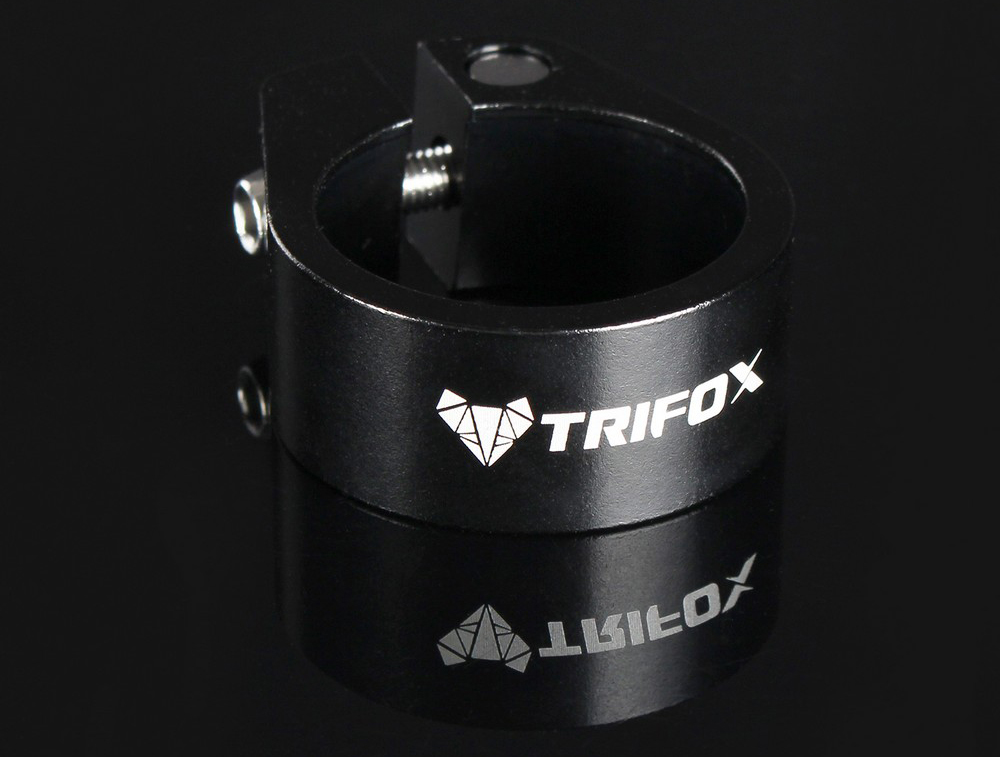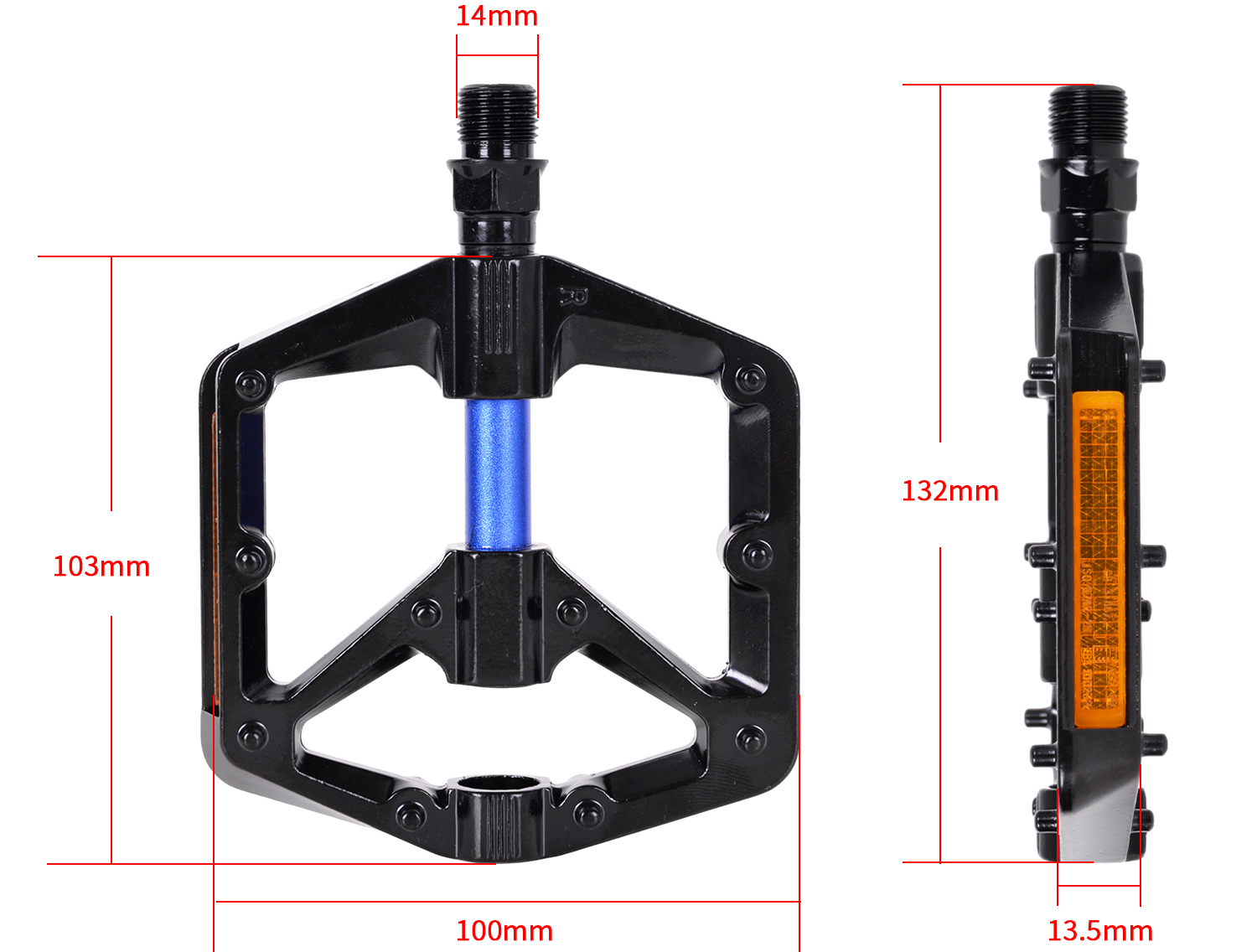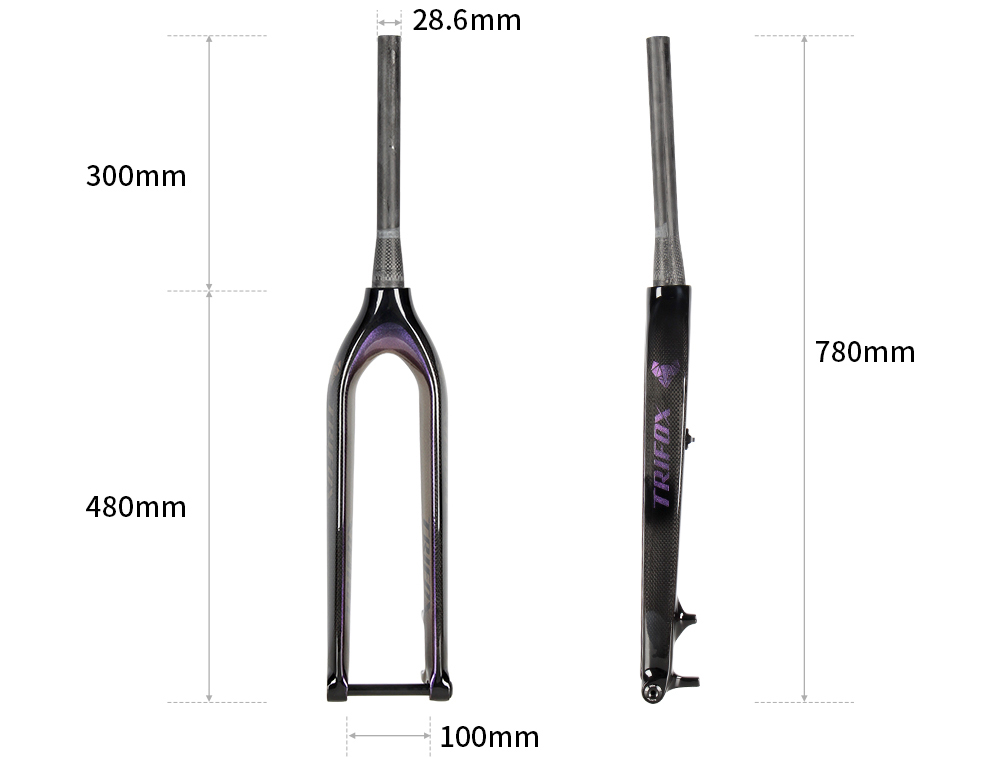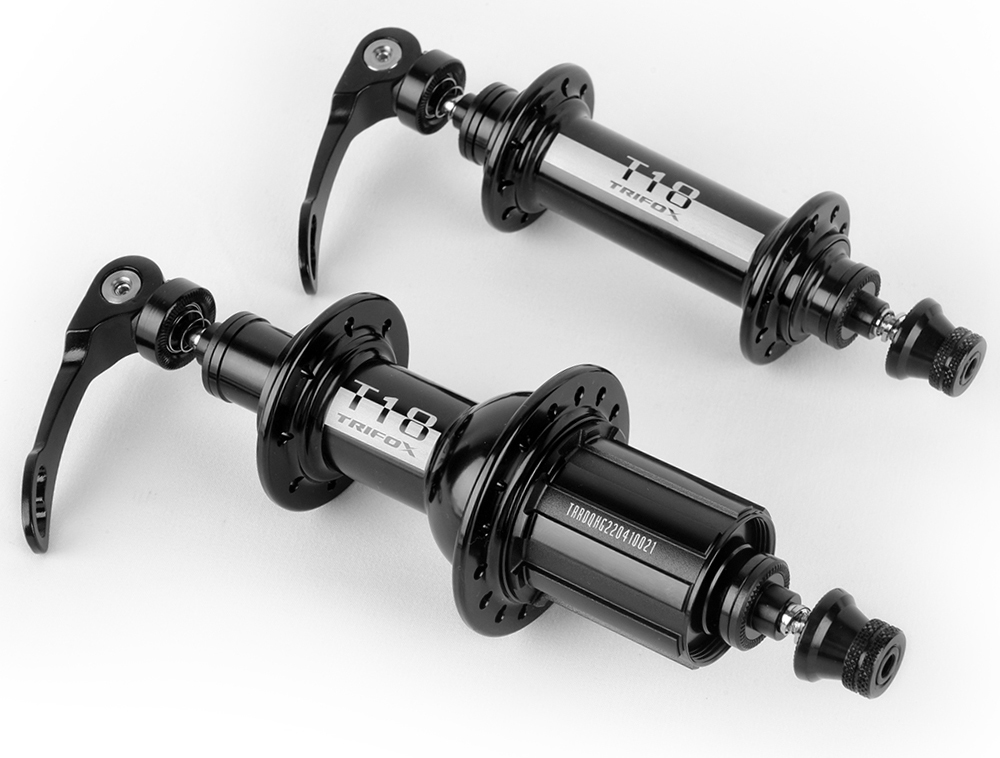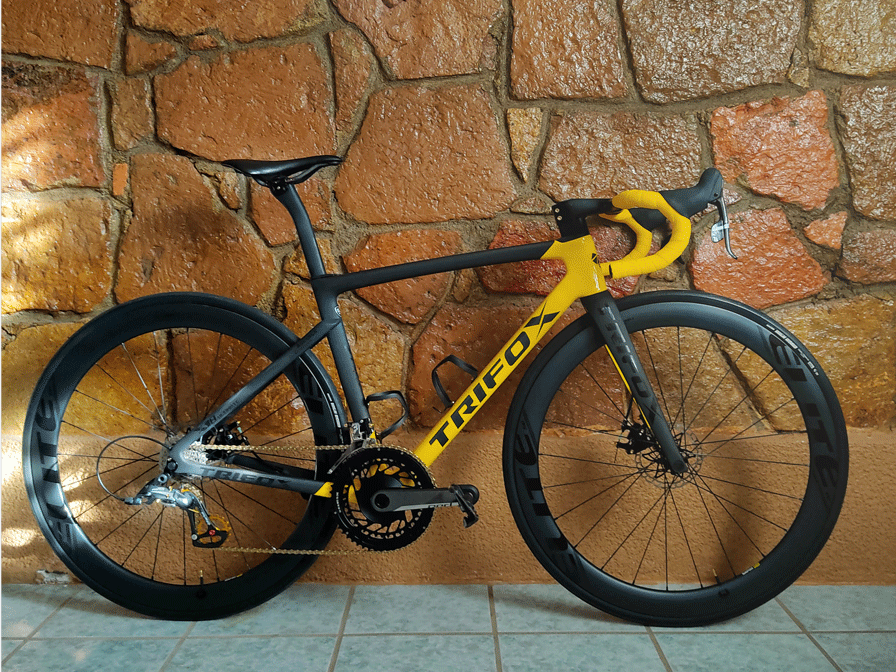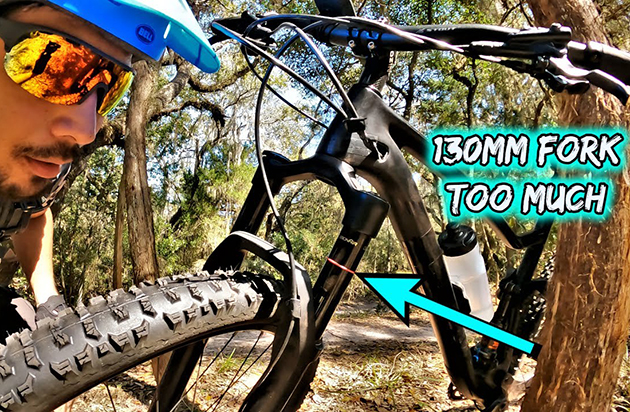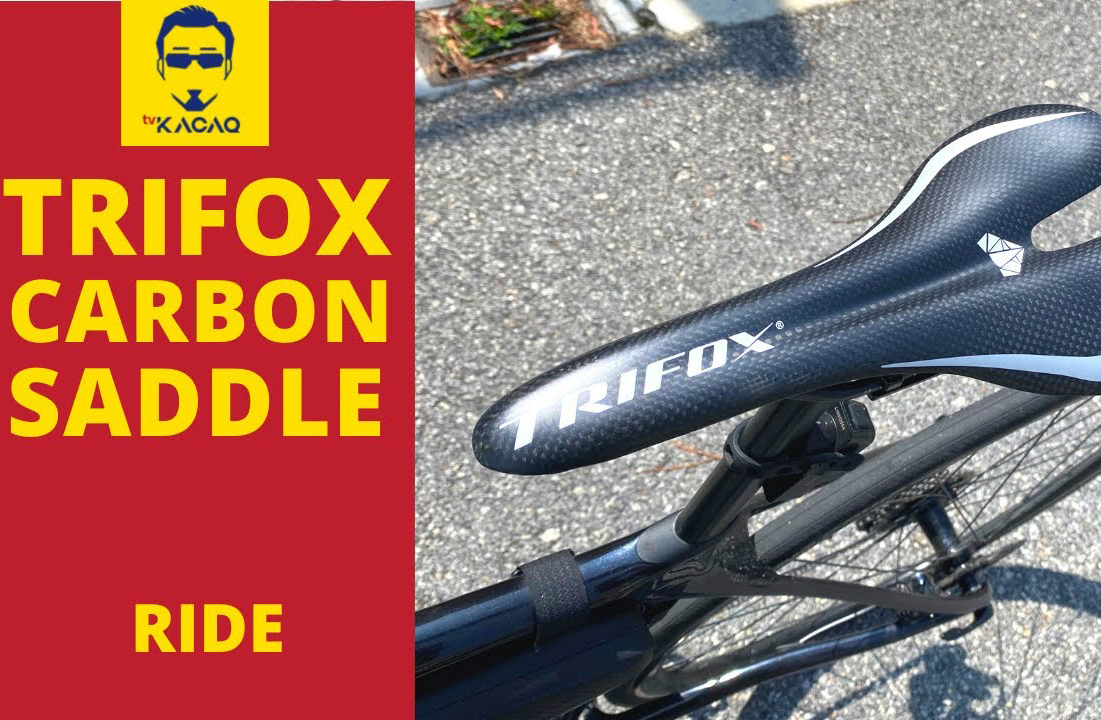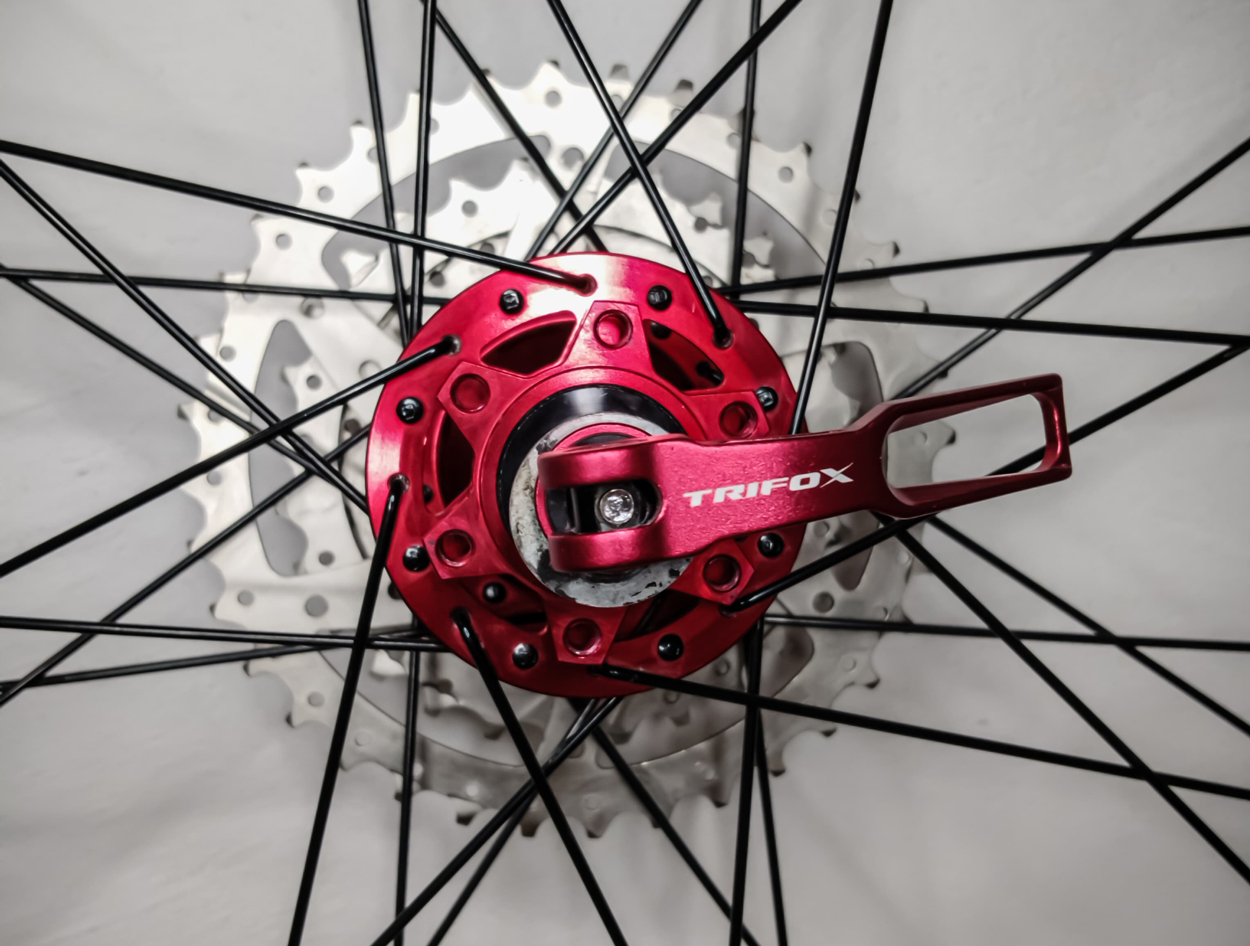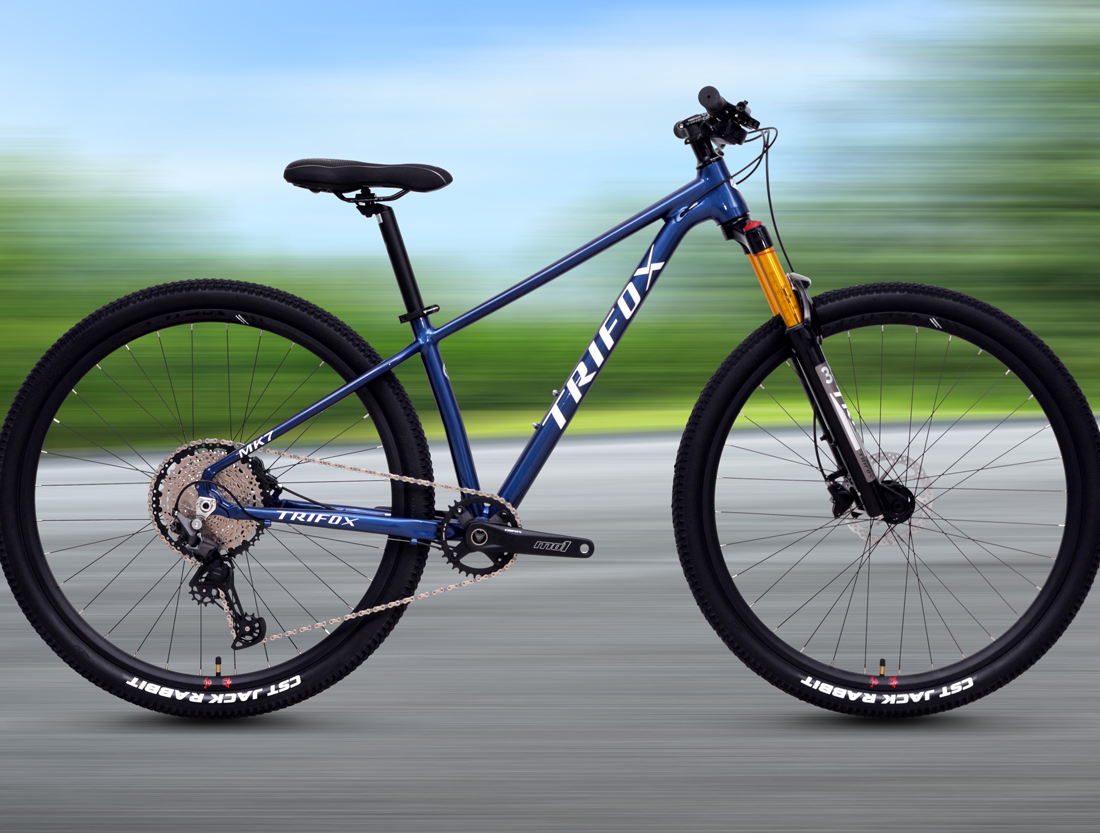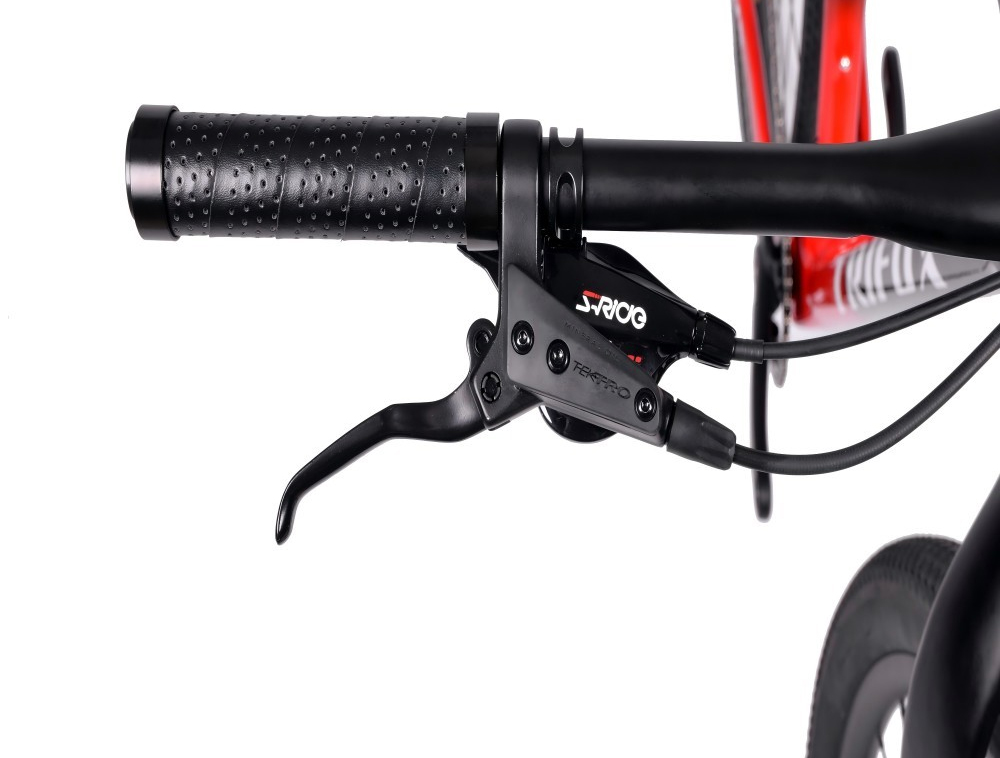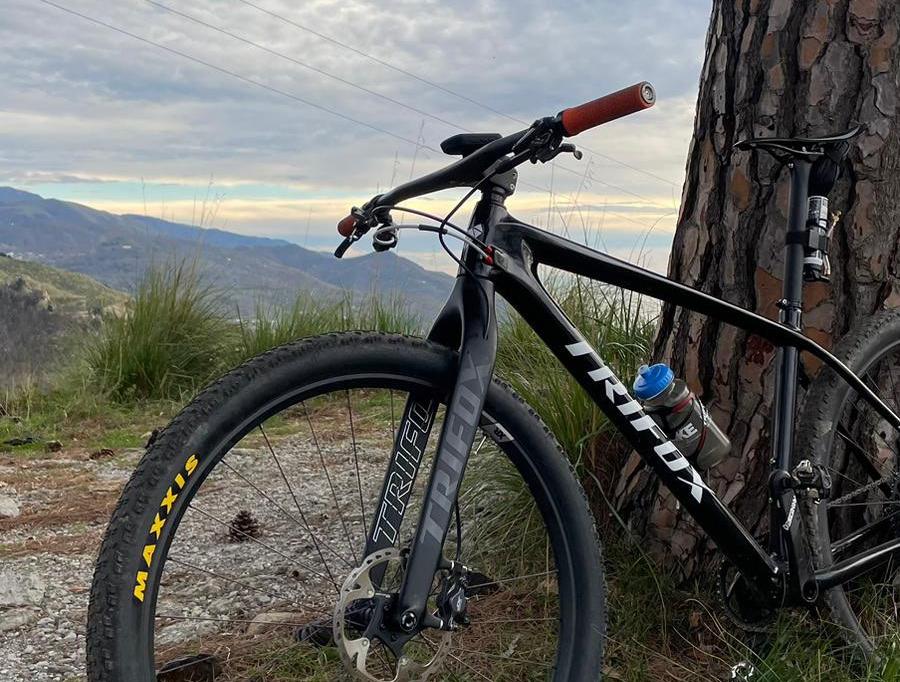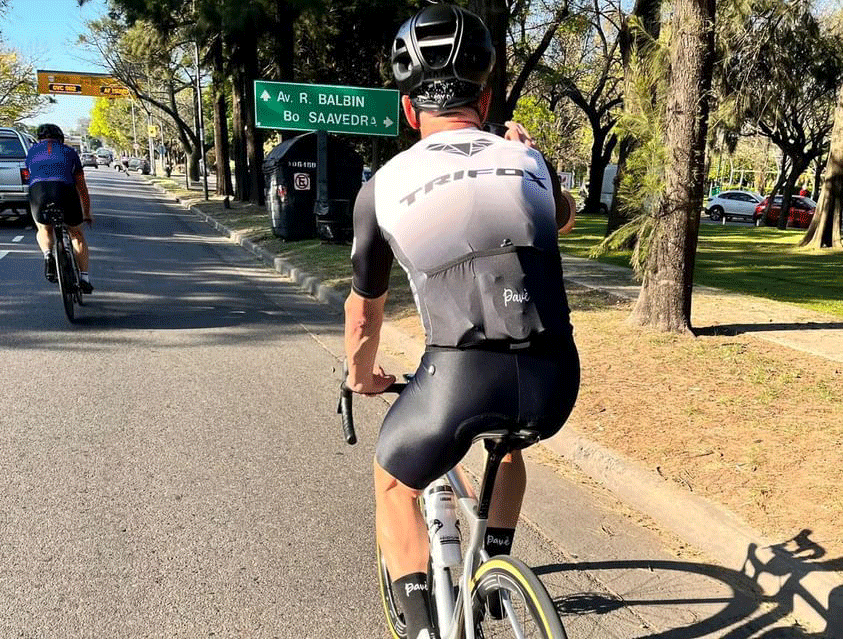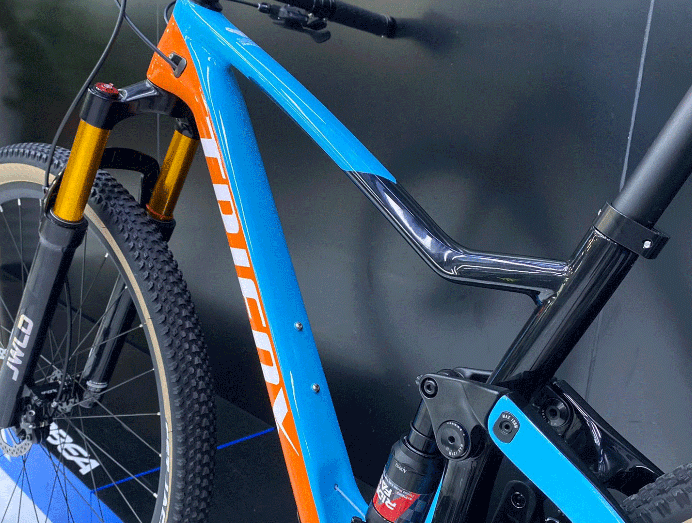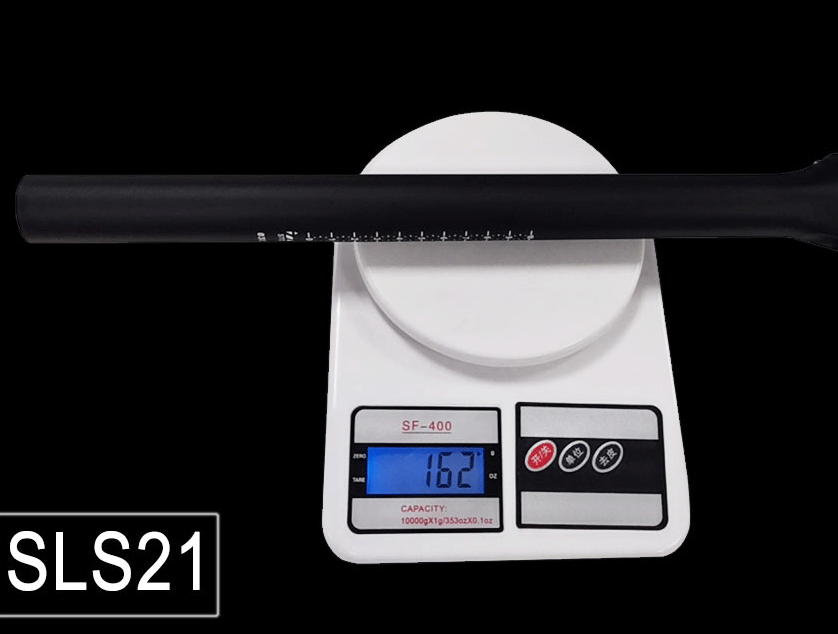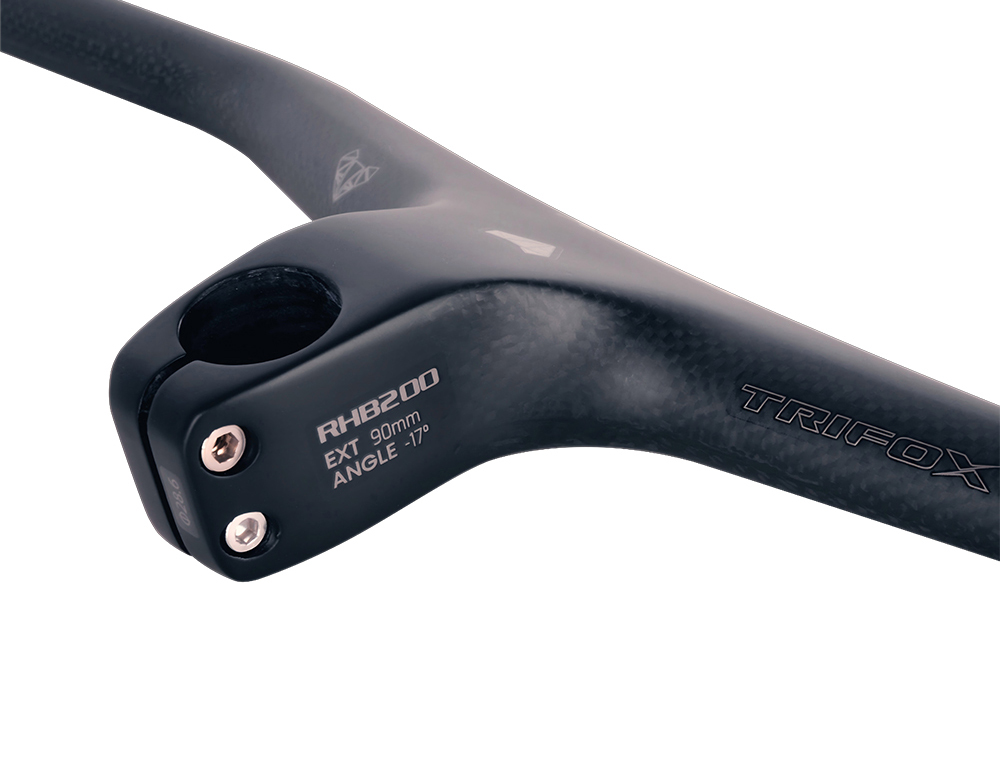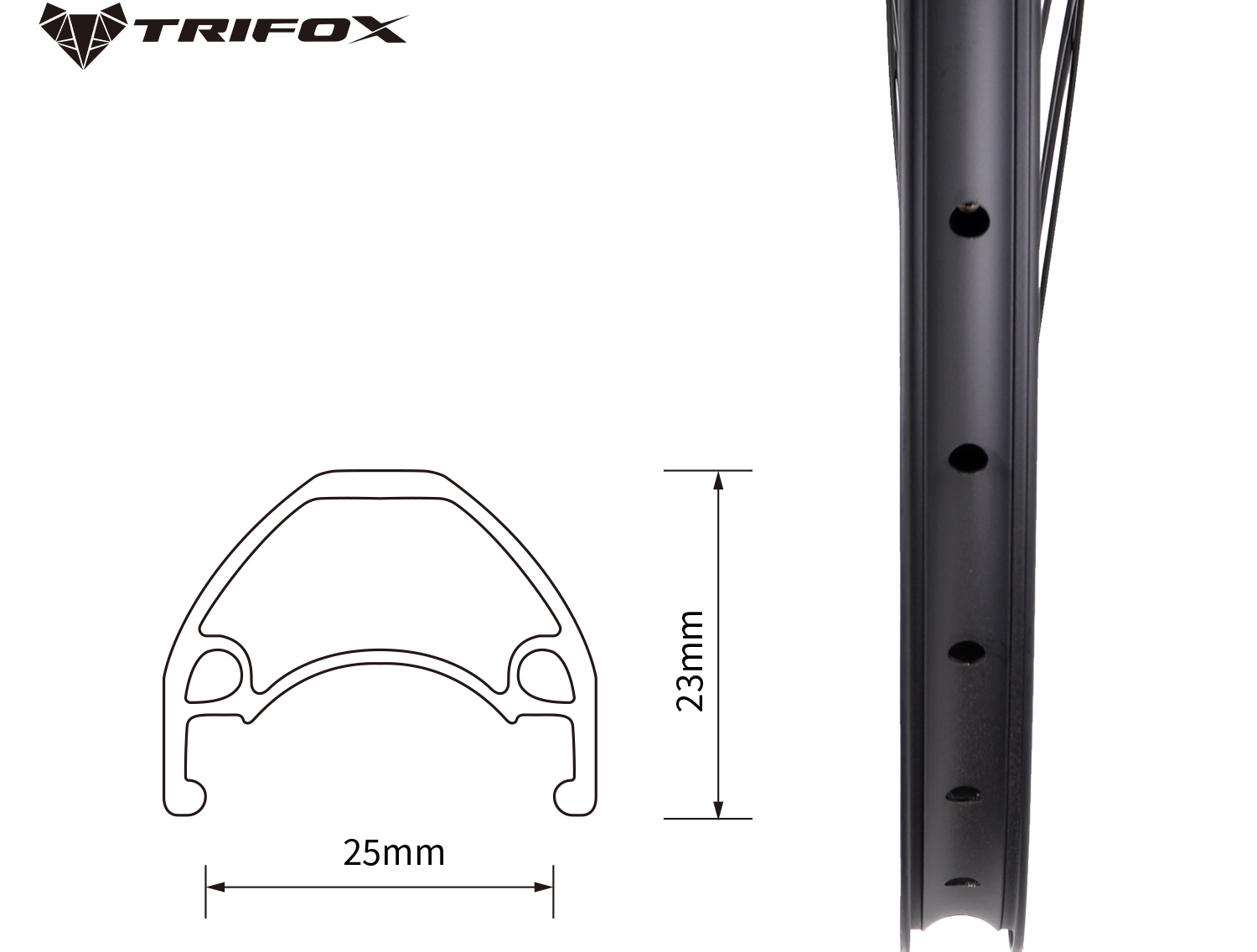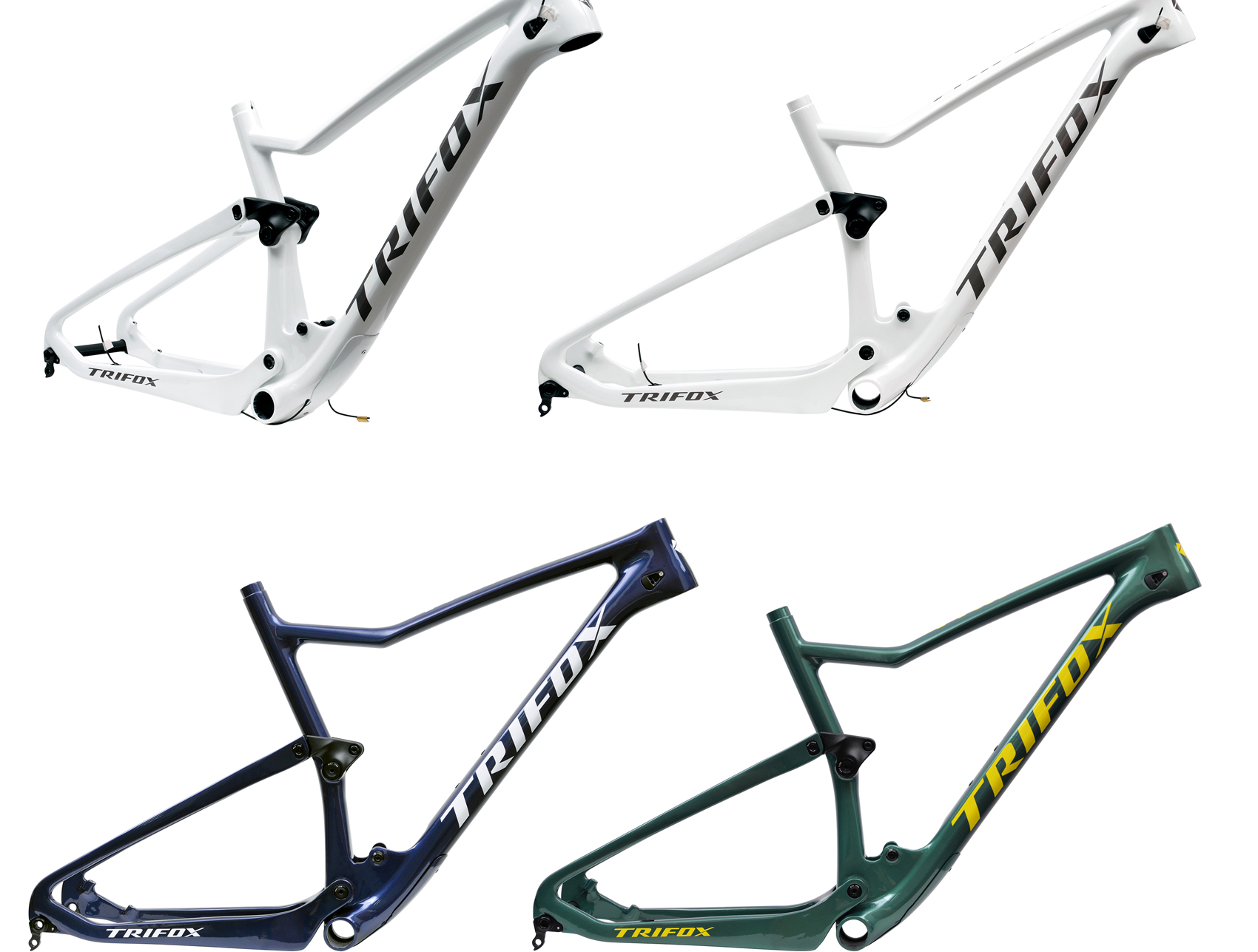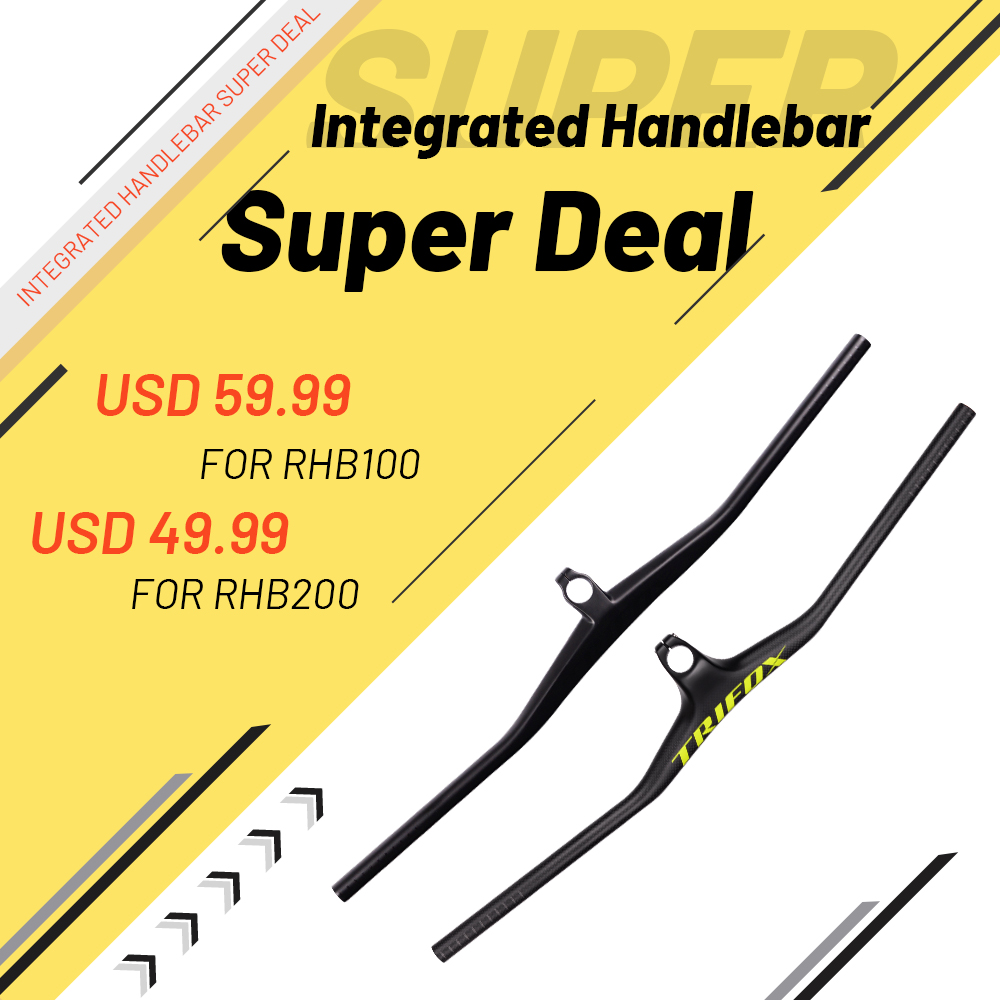When customizing your bike, even small components like seatpost clamps matter. Two common designs—G-clamps and F-clamps—often confuse riders. Let’s break down their differences, uses.
G-Clamp (Collar Clamp)
Design: Resembles a circular band (like a “G” shape) that wraps around the seat tube. It typically uses a single bolt for tightening.
Function: Simple and lightweight, ideal for road bikes or minimalist setups.
Pros: Sleek aesthetics, easy installation, and affordable.
Cons: Limited adjustability; uneven pressure can cause slippage on rough terrain.
F-Clamp (Dual-Bolt Clamp)
Design: Features a flat, “F”-shaped plate with two bolts for securing the seatpost.
Function: Distributes pressure evenly across the seat tube, reducing slippage. Common on MTBs or performance bikes.
Pros: Enhanced stability, better for aggressive riding, and precise tension control.
Cons: Slightly heavier and bulkier than G-clamps.
Why Choose Trifoxbike’s Alloy Seatpost Clamp?
Trifoxbike's Alloy Seatpost Clamp bridges the gap between designs. Crafted from lightweight aluminum, it combines the simplicity of a collar clamp with the reliability of dual-bolt systems. Key features:
Durable Construction: Resists corrosion and withstands trail vibrations.
Sleek Profile: Fits seamlessly with modern bike aesthetics.
Secure Grip: Prevents seatpost slippage during climbs or descents.
Which Should You Use?
G-Clamp: Choose for road bikes, commuters, or casual rides where weight savings and simplicity matter.
F-Clamp: Opt for mountain biking, gravel grinding, or heavy-duty use where stability is critical.
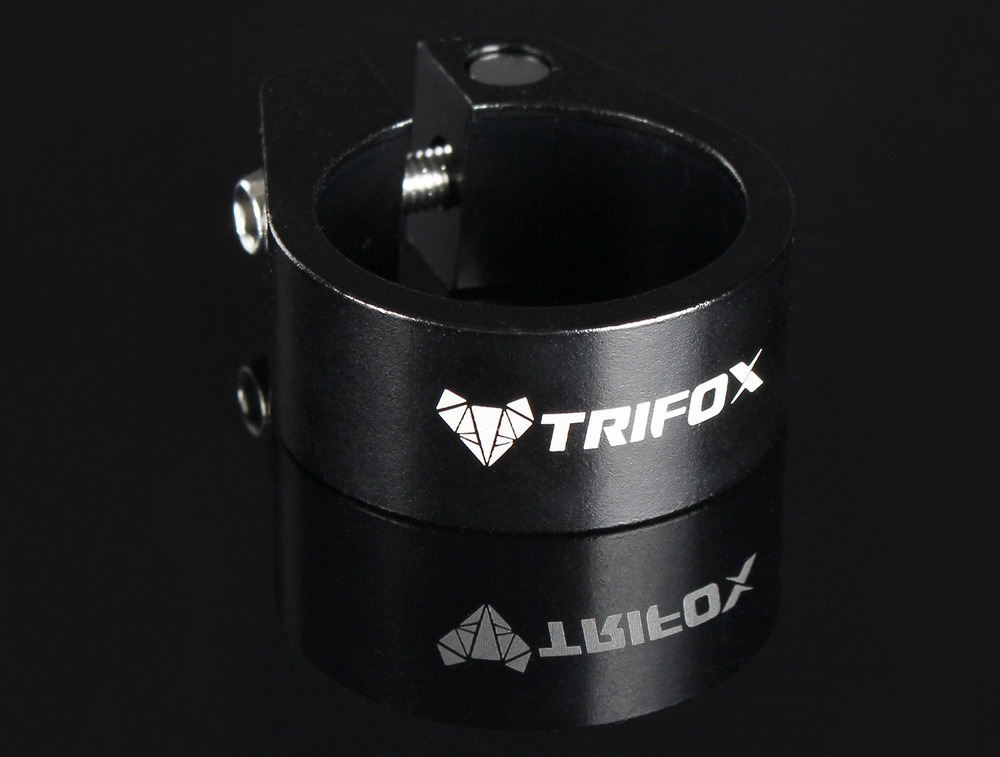
Final Tips
Always match the clamp diameter to your seat tube (common sizes: 28.6mm, 31.8mm, 34.9mm).
Grease bolt threads to prevent seizing.
Check torque specs to avoid overtightening.
Whether you prioritize weight or durability, understanding clamp designs ensures a secure, comfortable ride. For a reliable upgrade, Trifoxbike’s Alloy Seatpost Clamp delivers performance without the bulk—proving that even small parts can make a big difference.




























































